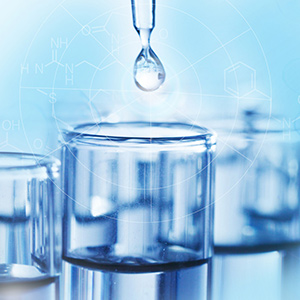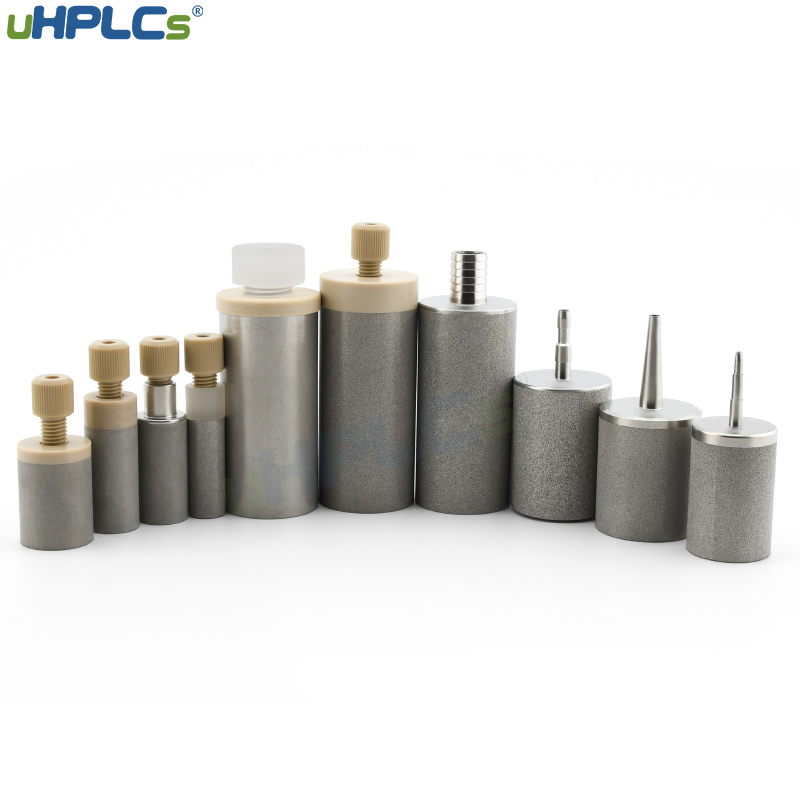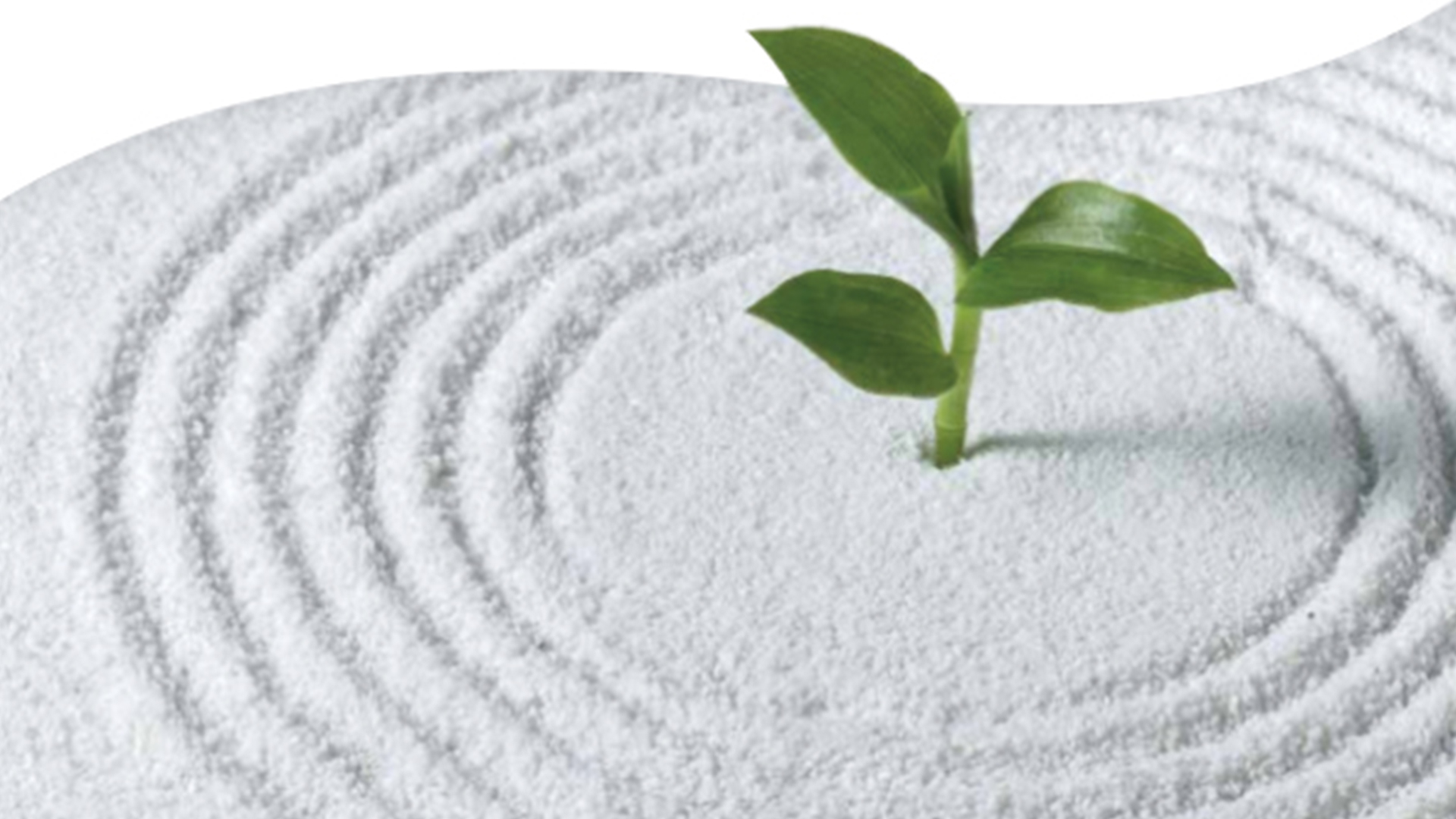High performance liquid chromatography (HPLC) is a popular and versatile technique that provides an affordable solution for the separation, identification and quantification of components in complex organic samples. It is important to understand the components and how each contributes to the overall reliability of the analysis.
First,high performance liquid chromatography and its components
The main components of the system are:
pump
The detector
Generate an unlimited number of additional configurations depending on the application. Such as mobile phase, chromatographic column, pipeline, guard column, etc
Second,what is high performance liquid chromatography?
HPLC is a technique used to isolate, identify, and quantify ingredients in mixtures. Especially suitable for non-volatile, thermally unstable and high molecular weight compounds.
1. Mobile phase
The liquid phase is pumped at a constant rate into a column containing a stationary phase. Before entering the column, the analysis sample is injected into a current carrier.
Upon arrival at the column, sample components are selectively retained based on physicochemical interactions between the analyte molecule and the stationary phase.
The mobile phase is used to transport samples to the system. The basic criterion for the mobile phase is inertia to the composition of the sample. A combination of pure solvents or buffers is usually used. The flow is accordingly free of particulate impurities and degassed prior to use. Mobile phase particle and impurity removal is very important, before the mobile phase into the system to use the HPLC multi-order solvent filter head for filtration, a variety of sizes available for a variety of brands of liquid system. No air will be introduced into the system, and the solvent efficiency is up to 99.9%.
2. Mobile phase vessel
These are inert containers for mobile phase storage and transport. Generally, transparent glass bottles are used to visually measure the liquid level of the mobile phase in the container. A stainless steel particulate filter is provided internally to remove particulate impurities (if any) from the mobile phase.
3. Pump
The variation of mobile phase flow rate will affect the elution time of sample components and lead to errors. The pump provides a mobile phase at a constant flow rate to the column at a constant pressure.
4. Injector
The injector is used to provide a constant volume of sample injection into the mobile phase flow. Inertia and repeatability of injection are necessary to maintain the level of precision.
5. Liquid chromatography column
The column is an important component and should be properly maintained in accordance with the supplier’s instructions for post-operation reproducibility and separation efficiency. The C18 column is usually the most versatile and can be used to analyze a variety of compounds. The column was optimized on the surface, pore size and chemical bonding groups of silica gel matrix. Some optimization designs were made specifically for rapid analysis, such as the increase of pore size and the decrease of specific surface area, so the separation is faster and more efficient, making it very suitable for UHPLC, LC/MS/MS instrument analysis.
6. Column temperature box
Changes in temperature during analytical operation can result in changes in the retention time of the eluted components separated. The column temperature chamber uses air circulation to maintain a constant column temperature. This ensures a constant flow rate of the mobile phase through the column.
7. Detector
The detector provides a specific response to the components separated by the liquid chromatography column and provides the required sensitivity. It must be independent of any change in the composition of the mobile phase. Although detectors based on other detection technologies are also popular today, most applications require UV-VIS detection.
Post time: Jul-12-2022








